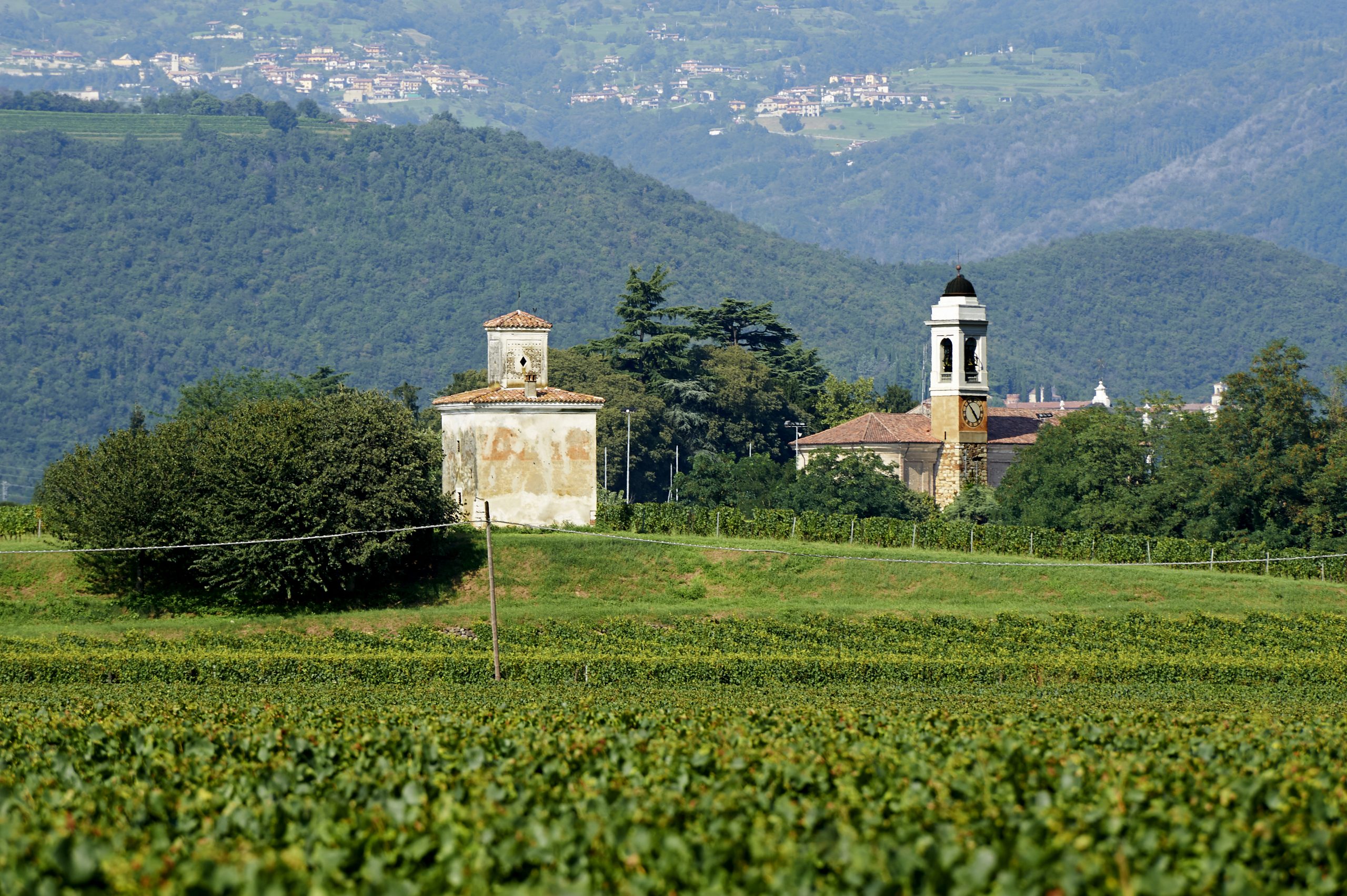Taking a Step Back to Help Bee Population
April 25, 2015
Bee Colony Collapse, Honey Bees
How Returning Farmland to the Wilderness Can Help the Honey Bee Crisis
The decline in numbers of honey bee populations is an issue that has come to the forefront for many scientists and government officials. With Colony Collapse Disorder (CCD) continuing in the United States and countries around the world, more focus is being placed on why CCD is occurring and what can be done to help sustain and rebuild the insect’s population. In an article posted on SmithsonianMag.com, British biologist Dave Goulson believes that giving farmland back to nature may be the solution.
After spending 20 years studying bumblebees, Goulson believes the disappearance of their natural habitat in many ways affects the decline of the species. He notes that some species in North America, Japan, and Europe are rapidly declining and population problems very much overlap the resurgence of CCD. Recent studies of Colony Collapse Disorder suggest that insecticides are playing a large role, disrupting the bees’ navigation, and affecting commercial honey bees as well as wild bumblebees.
Another factor that Goulson believes is having a major effect on bee populations is the conversion of land from wild, flower filled grasslands to flower-less farmland, limiting where bees are able to collect nectar as their food source. The small areas of wilderness that remain, although beneficial, are not large enough to support sustainable bee populations. Based on this theory, Goulson has been working to convert French farmland back to a wilderness area, hoping to revive the bee population.
A year after beginning this project, Goulson has recorded the one-hundredth new plant species in the area, which excludes the species he planted himself. Additionally, these new arrivals help to support all different kinds of wildlife including animals and insects – crickets, butterflies, beetles and, most importantly, bees are now coming to the area and thriving. When the project began, there were only 16 bee species present – now, one year later, over 50 species of bees have been recorded.
Goulson’s project will be chronicled in “A Buzz in the Meadow,” due to release next month. Based on his current findings, it is easy to see why wildlife areas are so important to the survival of all bee populations. Goulson stresses the importance of bees to our way of life– “…it’s the bees that pollinate our crops, providing a global service worth more than $200 billion per year. I’m learning to look after the little creatures, to find more corners for them to thrive in, for it is they that make the world go around.”


.jpg)




